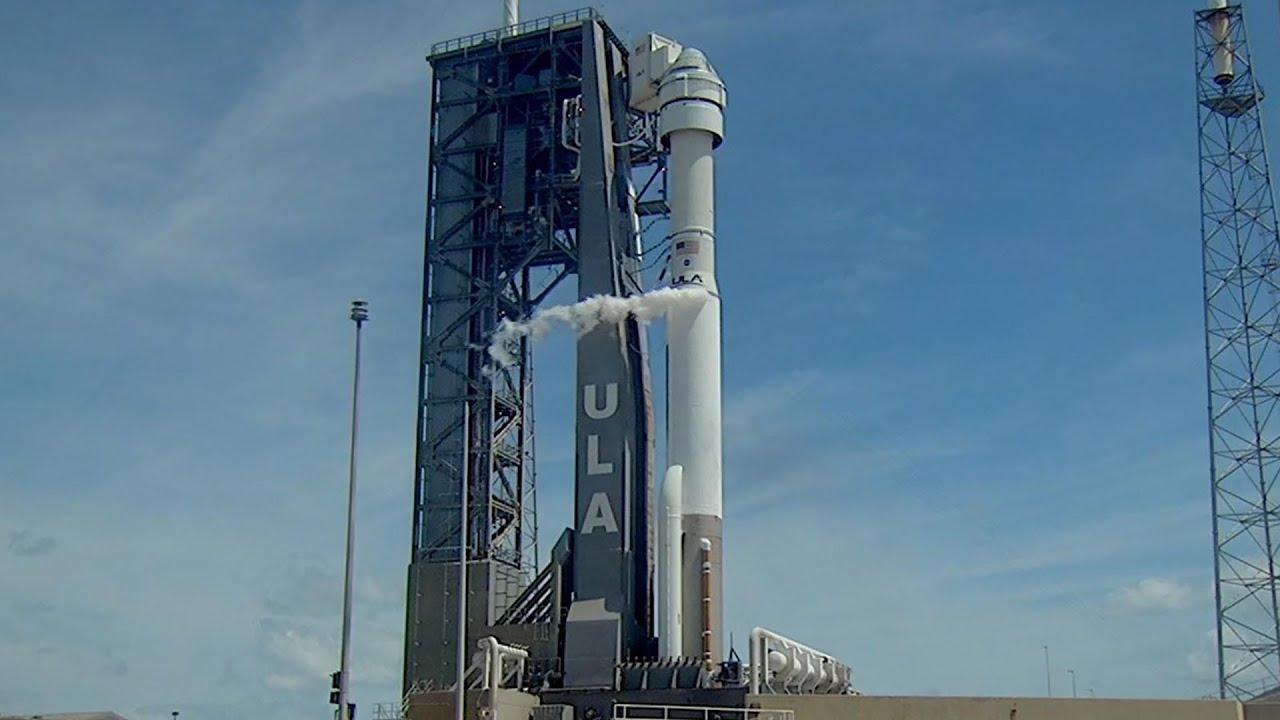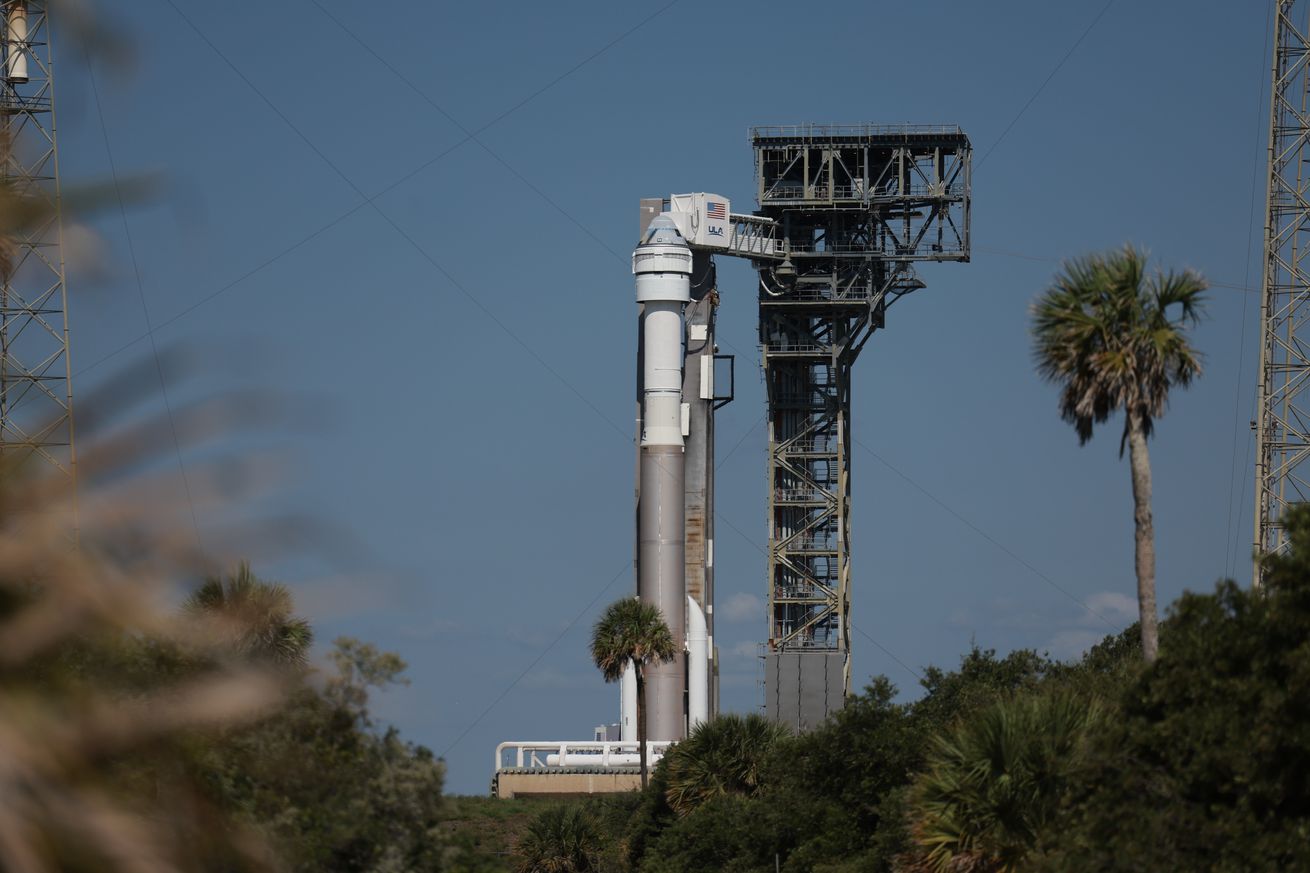Starliner Launch Overview
The Starliner launch, a pivotal moment in space exploration, signifies the commencement of a new era of human spaceflight. This endeavor, spearheaded by Boeing and NASA, aims to establish a reusable spacecraft capable of transporting astronauts and cargo to and from the International Space Station (ISS) and other destinations in low Earth orbit.
The Starliner launch has been a major event in the space exploration world, with many people eagerly awaiting its success. However, the recent news of Mandisa’s cause of death has cast a shadow over the excitement. As we mourn the loss of a talented musician, we also turn our attention back to the Starliner launch, hoping that it will bring us closer to our dreams of space exploration.
Objectives
The primary objectives of the Starliner launch are threefold: to demonstrate the spacecraft’s ability to safely launch, dock with the ISS, and return to Earth; to evaluate its performance and capabilities in space; and to pave the way for future crewed missions.
Starliner launch, a testament to human ingenuity, captivates the world. As we marvel at its ascent, let’s not forget the intricate artistry of storytelling. An acolyte review unveils a world of suspense, where ancient mysteries collide with modern-day horrors. It’s a reminder that even as we conquer the stars, the power of narrative remains an essential guide on our journey.
Timeline and Key Milestones
The Starliner launch is scheduled for April 2023, following a series of rigorous tests and simulations. The spacecraft will be launched atop an Atlas V rocket from Cape Canaveral Space Force Station in Florida. Once in orbit, Starliner will autonomously rendezvous and dock with the ISS, where it will remain for approximately six months. During this period, astronauts will conduct various experiments and maintenance tasks. Upon completion of its mission, Starliner will undock from the ISS and return to Earth, splashing down in the Pacific Ocean.
The Starliner launch, initially planned for the summer of 2022, has been delayed to the spring of 2023. The delay has been attributed to a variety of factors, including the ongoing investigation into the Amanda Knox case. Knox, an American student, was convicted of murdering her British roommate in Italy in 2007.
She was later acquitted on appeal. The Starliner launch is now expected to take place in April 2023.
Significance
The Starliner launch holds immense significance for space exploration. It represents a major step towards establishing a reliable and cost-effective means of transporting humans and cargo to low Earth orbit. This capability is crucial for the long-term sustainability of the ISS, as well as for future missions to the Moon and Mars. Additionally, the Starliner launch will provide valuable data and experience that will inform the development of future spacecraft and space exploration technologies.
As the Starliner launch approaches, it is a reminder of the resilience and determination that humans possess. Like Amanda Knox , who faced adversity with unwavering resolve, the Starliner team has overcome challenges to bring this mission to fruition. Their unwavering pursuit of excellence echoes the indomitable spirit that has driven humanity’s greatest achievements.
Technical Details and Challenges: Starliner Launch

The Starliner spacecraft is a reusable, capsule-shaped vehicle designed for transporting astronauts and cargo to and from the International Space Station (ISS). It is equipped with advanced systems and technologies that enable it to perform complex maneuvers and withstand the rigors of space travel.
One of the key features of the Starliner is its modular design, which allows it to be customized for different missions. The spacecraft consists of three main modules: the Crew Module, the Service Module, and the Launch Abort System. The Crew Module houses the astronauts and provides them with a habitable environment during the journey to and from the ISS. The Service Module contains the spacecraft’s propulsion systems, power generation systems, and other essential subsystems. The Launch Abort System is designed to separate the Crew Module from the rest of the spacecraft in the event of an emergency during launch.
The Starliner is also equipped with a number of advanced technologies that enhance its safety and performance. These technologies include a state-of-the-art avionics system that provides autonomous navigation and control, a robust thermal protection system that shields the spacecraft from extreme temperatures during re-entry, and a sophisticated communications system that allows the astronauts to stay in constant contact with ground control.
Challenges
The development and testing of the Starliner spacecraft have not been without challenges. One of the most significant challenges has been the need to meet the stringent safety requirements for human spaceflight. The spacecraft has undergone extensive testing to ensure that it can withstand the extreme conditions of space travel and that it can provide a safe environment for the astronauts.
Another challenge has been the need to integrate the Starliner with the ISS. The spacecraft must be able to dock with the ISS and transfer astronauts and cargo safely. This requires a high degree of precision and coordination, and it has been a major focus of the testing and development program.
Safety Protocols, Starliner launch
The safety of the astronauts is paramount in any space mission, and the Starliner spacecraft has been designed with a number of safety protocols and measures to ensure the well-being of the crew. These protocols include:
- A redundant avionics system that provides backup control in the event of a failure.
- A robust thermal protection system that shields the spacecraft from extreme temperatures during re-entry.
- A sophisticated communications system that allows the astronauts to stay in constant contact with ground control.
- A Launch Abort System that is designed to separate the Crew Module from the rest of the spacecraft in the event of an emergency during launch.
These safety protocols and measures are designed to minimize the risks associated with space travel and to ensure the safe return of the astronauts.
Mission Objectives and Potential Outcomes

The Starliner mission aims to advance scientific knowledge and push the boundaries of space exploration. Its primary objectives include:
Scientific Objectives
- Study the effects of spaceflight on human physiology and psychology.
- Conduct experiments in microgravity to advance scientific research.
- Investigate the potential for human habitation and exploration of space.
Technological Objectives
- Demonstrate the capabilities of the Starliner spacecraft.
- Test and validate new technologies for future space missions.
- Develop and refine procedures for human spaceflight operations.
Potential Outcomes
A successful Starliner mission could lead to:
- Significant scientific discoveries and technological breakthroughs.
- Improved understanding of human biology and space exploration.
- Advancements in spacecraft design and operations.
- Increased public interest in space exploration.
The implications of a successful launch are profound, paving the way for future missions to Mars and beyond, expanding human presence in space, and inspiring generations to come.
The Starliner launch, a highly anticipated event in the world of space exploration, has captivated the attention of many. Amidst the excitement surrounding this mission, news of the cast for the upcoming series “The Acolyte Osha” has also generated buzz.
The cast includes Amandla Stenberg, Lee Jung-jae, and Manny Jacinto, promising an intriguing and diverse ensemble. As the Starliner launch countdown continues, the anticipation for both this space endeavor and the captivating world of “The Acolyte Osha” intensifies.
